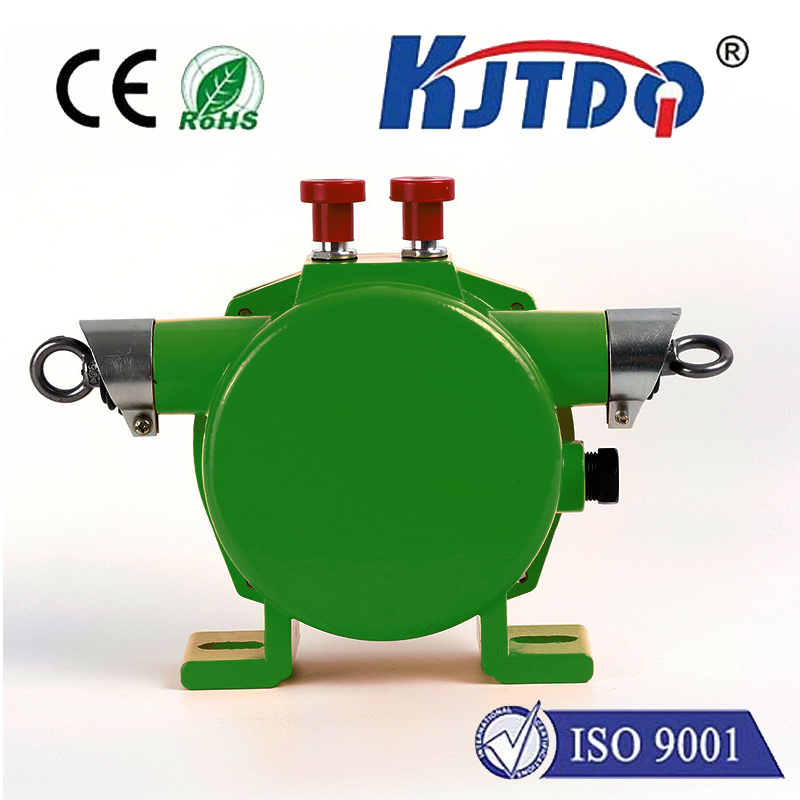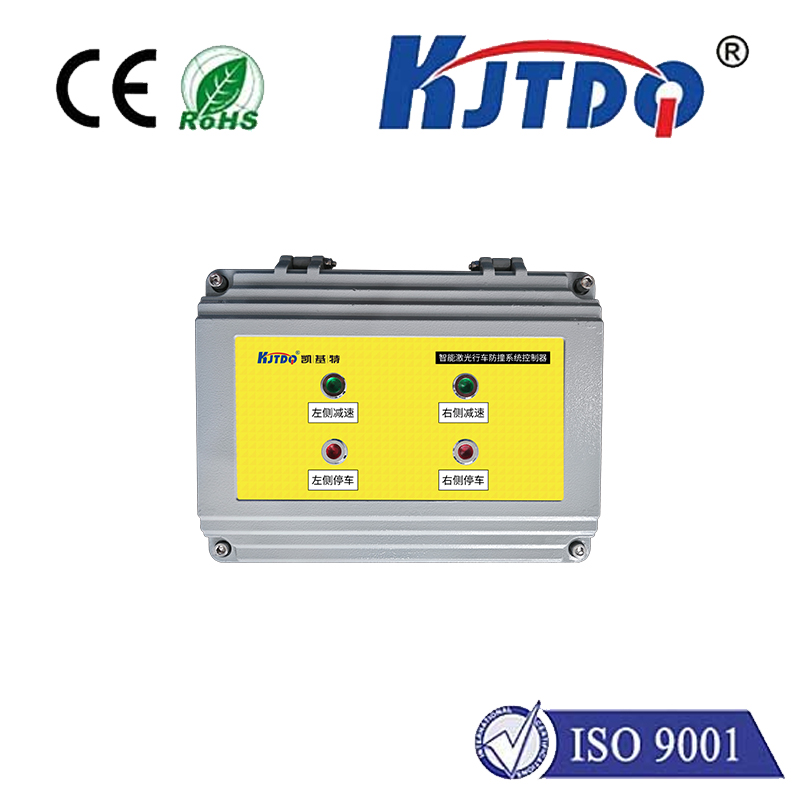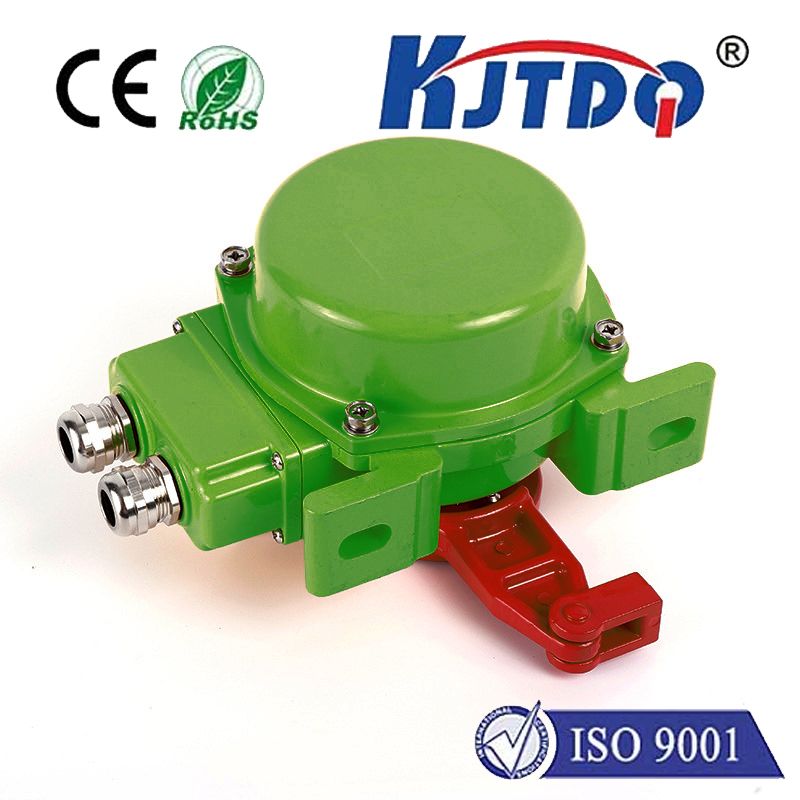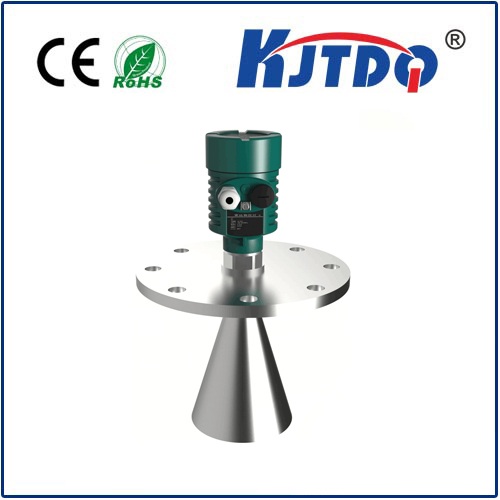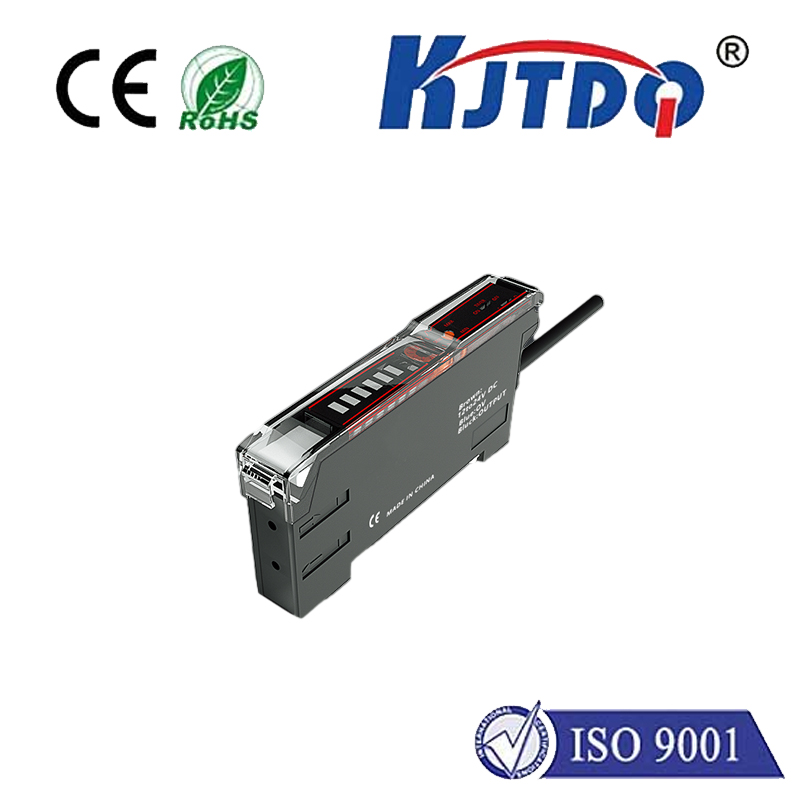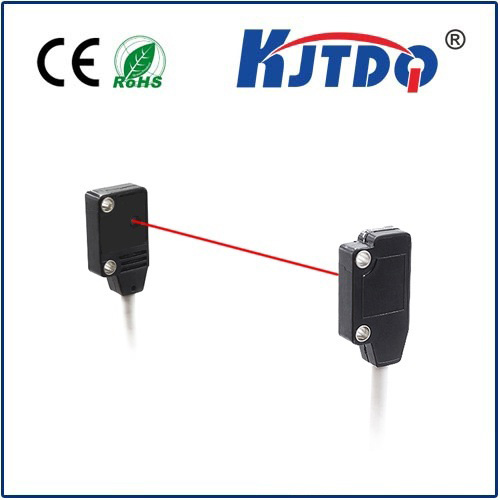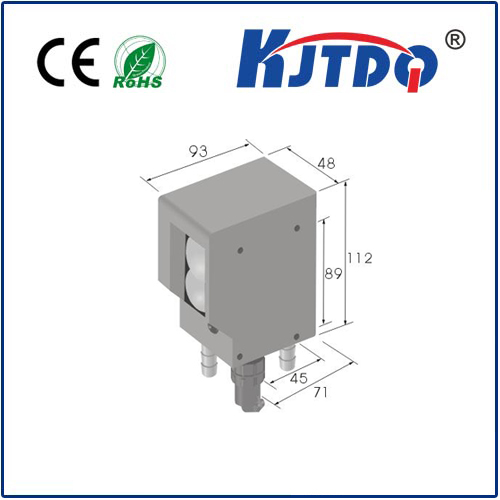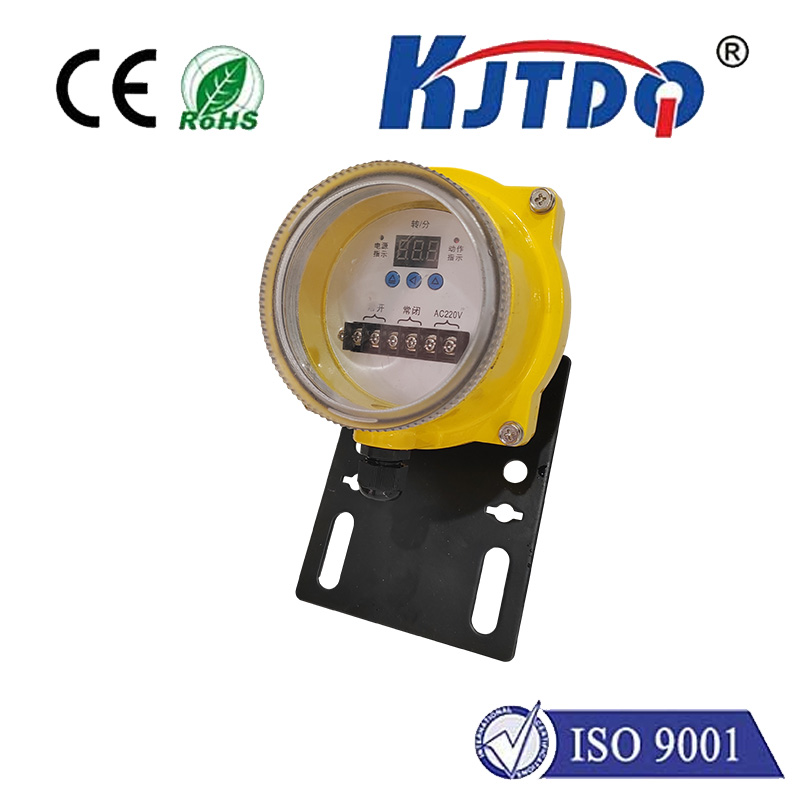

check

check

check

check

check

check

check

check

check

check

Title: The Role of Proximity Temperature Sensors in Modern Technology Introduction In the rapidly advancing world of technology, devices that can measure and react to their environment are becoming increasingly common. One such device is the proximity temperature sensor, a tool that allows machines to detect the temperature of objects or environments without direct contact. This article delves into what proximity temperature sensors are, how they work, and the roles they play in our modern world. What are Proximity Temperature Sensors? Proximity temperature sensors are innovative instruments designed to determine the temperature of a target from a distance. Unlike traditional thermometers that require physical contact with the object whose temperature is being measured, proximity sensors use infrared radiation or other electromagnetic waves to ‘see’ the heat emitted by an object. This non-contact method offers numerous advantages, including safety, ease of use, and the ability to measure temperatures of moving or hazardous targets. How Do They Work? The operation of a proximity temperature sensor relies on the principles of thermal radiation. All objects emit infrared radiation as a function of their temperature—the hotter an object is, the more infrared radiation it emits. Proximity temperature sensors are equipped with detectors that capture this radiated energy and convert it into an electronic signal. Following this, microprocessors within the sensor interpret the signal to provide a precise temperature reading. Applications in Various Fields The utility of proximity temperature sensors spans a multitude of industries due to their ability to provide quick, accurate, and safe temperature measurements. Some notable applications include:
